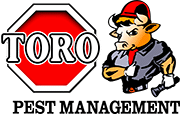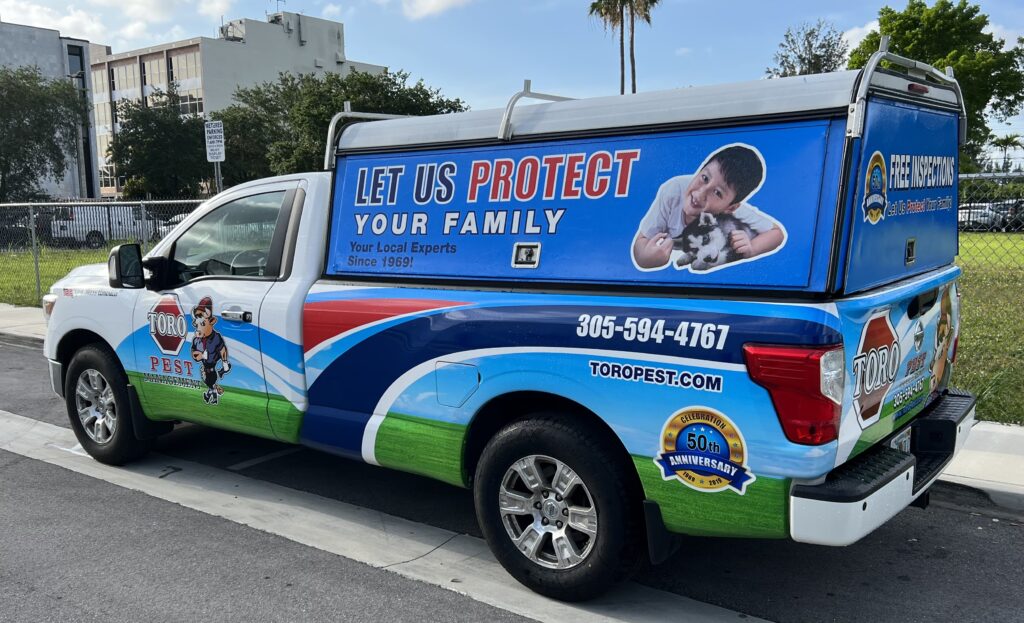Termites are one of the most destructive pests that can infest homes and buildings. Among the different species of termites, the Asian subterranean termite is considered one of the most invasive and destructive.
These termites can cause significant damage to homes and buildings, which can be costly to repair. In this article, we will explore how Asian subterranean termites damage homes and what signs to look out for.
Feeding Habits
Asian subterranean termites feed on wood and other cellulose-based materials, such as paper and cardboard. They can feed on any wooden structure in a home, including floors, walls, and roofs. They can also feed on other wooden objects, such as furniture and decorative items.
Termites feed by tunneling through wood and other cellulose-based materials. They consume the cellulose found in wood, which is their primary source of nutrition. As they tunnel through wood, they create galleries or tunnels that weaken the wood’s structure and make it more vulnerable to collapse.
Damage to Homes
The damage caused by Asian subterranean termites can be significant and costly to repair. Termites can cause damage to the structural integrity of a home, which can lead to collapse or other serious problems. Some of the most common signs of termite damage include:
- Sagging or warped floors
- Cracks in walls or ceilings
- Hollow-sounding wood
- Peeling paint or wallpaper
- Wood that is soft or easily punctured
If left unchecked, termite damage can become severe and affect a home’s value and safety. It is essential to identify and treat termite infestations early to minimize the damage they can cause.
Prevention
Preventing termite infestations is essential for protecting homes and buildings.
Prevention measures can include:
- Removing wood debris and other cellulose-based materials from around a home’s foundation
- Keeping gutters and downspouts clear of debris to prevent water accumulation near the foundation
- Keeping soil around the foundation dry by using proper drainage techniques
- Sealing cracks and gaps in a home’s foundation and walls to prevent termite entry
- Treating wooden structures with chemicals that repel or kill termites
Asian subterranean termites can cause significant damage to homes and buildings. Understanding their feeding habits and the signs of infestation is essential for identifying and treating termite problems. Prevention measures, such as removing wood debris and sealing cracks and gaps, can help prevent termite infestations.



